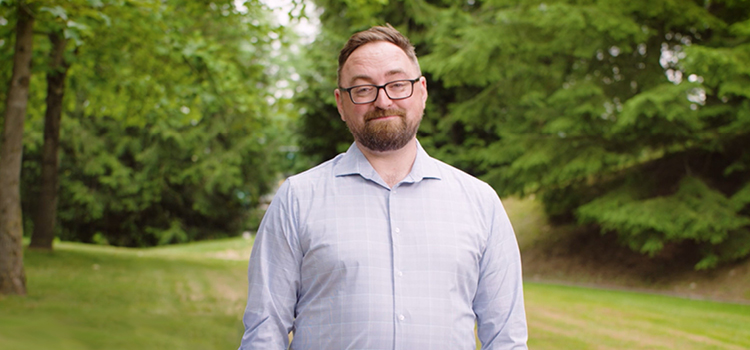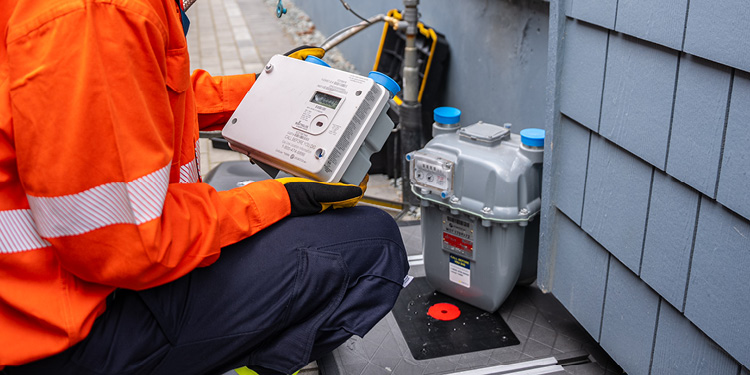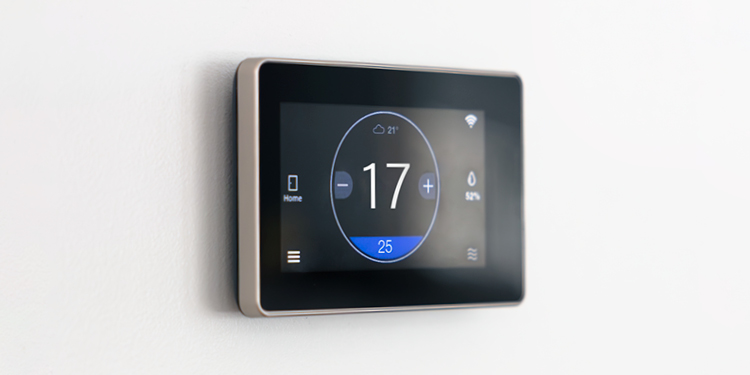How a new fireplace can keep you warm and lower your energy bills
October 27, 2020
Updated September 11, 2023
Your gas fireplace provides warmth, cosiness and a beautiful ambiance in your home. But it could be time to replace that old, inefficient fireplace that may cost you more money and produce more carbon emissions than a newer model would.
Let’s take a look at the issues with older gas fireplaces, and what you need in a newer model to make sure you're saving as much energy and money as possible.
The drawbacks of an inefficient fireplace
Older fireplaces, especially wood-burning ones, draw warm air from inside the home. The oxygen reacts with an energy source and gives off heat, and the exhaust is vented outside through the chimney. Using the air inside the home for this process creates an inefficient cycle where warm air is continually drawn out of the home at the same time you're using energy to heat it.
The benefits of a direct vented fireplace
Direct vented fireplaces draw air from outside of your home and use it to create heat, ensuring the heat in your home stays there. It's important to have a Technical Safety BC licensed gas contractor install these units and they must properly seal the vent to ensure cool air does not enter your home. Direct vented models also tend to be more efficient than other fireplaces as they convert most of the fuel used into heat.
Look for the EnerChoice® logo
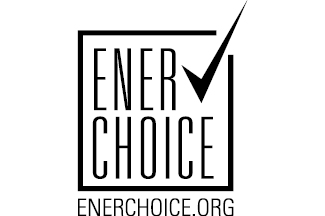
Did you know there’s no ENERGY STAR® rating system for gas fireplaces? Instead, manufacturers created the EnerChoice designation to identify the most energy-efficient models. Fireplaces must have an efficiency rating of 61 per cent or higher to be considered EnerChoice. So if you want to save energy and reduce your monthly bills, look for models with the EnerChoice® logo.
The best energy-saving fireplace features to look for
- Programmable: Some models can be programmed to turn on and off at specific times, or better yet, you can program them to maintain certain temperatures at different times of day.
- Fan: If your fireplace is in a large open room, consider a fireplace with a fan. This will help distribute the heat from the fireplace further into the room, so you don’t need to run your furnace as much.
- Automatic ignition: Some energy-efficient fireplaces don’t have a pilot light. Instead, they have an automatic electronic ignition system so the pilot light isn't left on when you’re not using your fireplace.
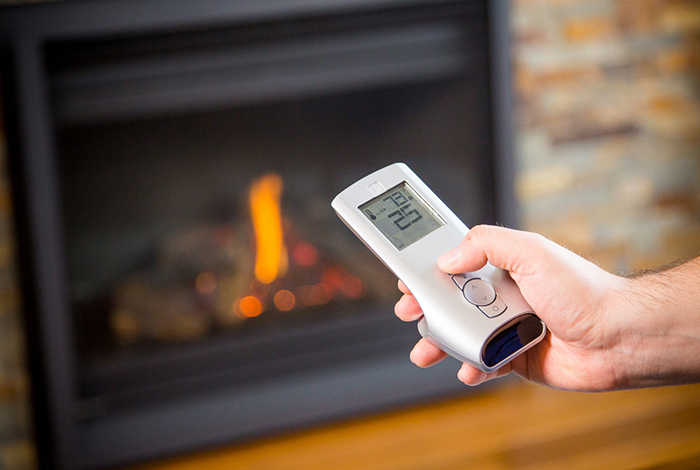
Use fireplaces for zone heating to save energy
Tip: If your whole family is spending the night binge-streaming shows together, why not use the living room fireplace to keep you all cosy, while turning down the furnace? This way, you’re not using as much energy to heat unoccupied rooms, which again lowers your carbon emissions and your monthly energy bill.
Lowering household emissions for a better B.C.
We continue to increase investment in our conservation and energy efficiency programs helping more customers like you upgrade to high-efficiency gas and electric appliances to lower energy use and carbon emissions. Our progress supports our Clean Growth Pathway to 2050 and the CleanBC Roadmap to 2030.
*Compared to a standard efficiency model.

